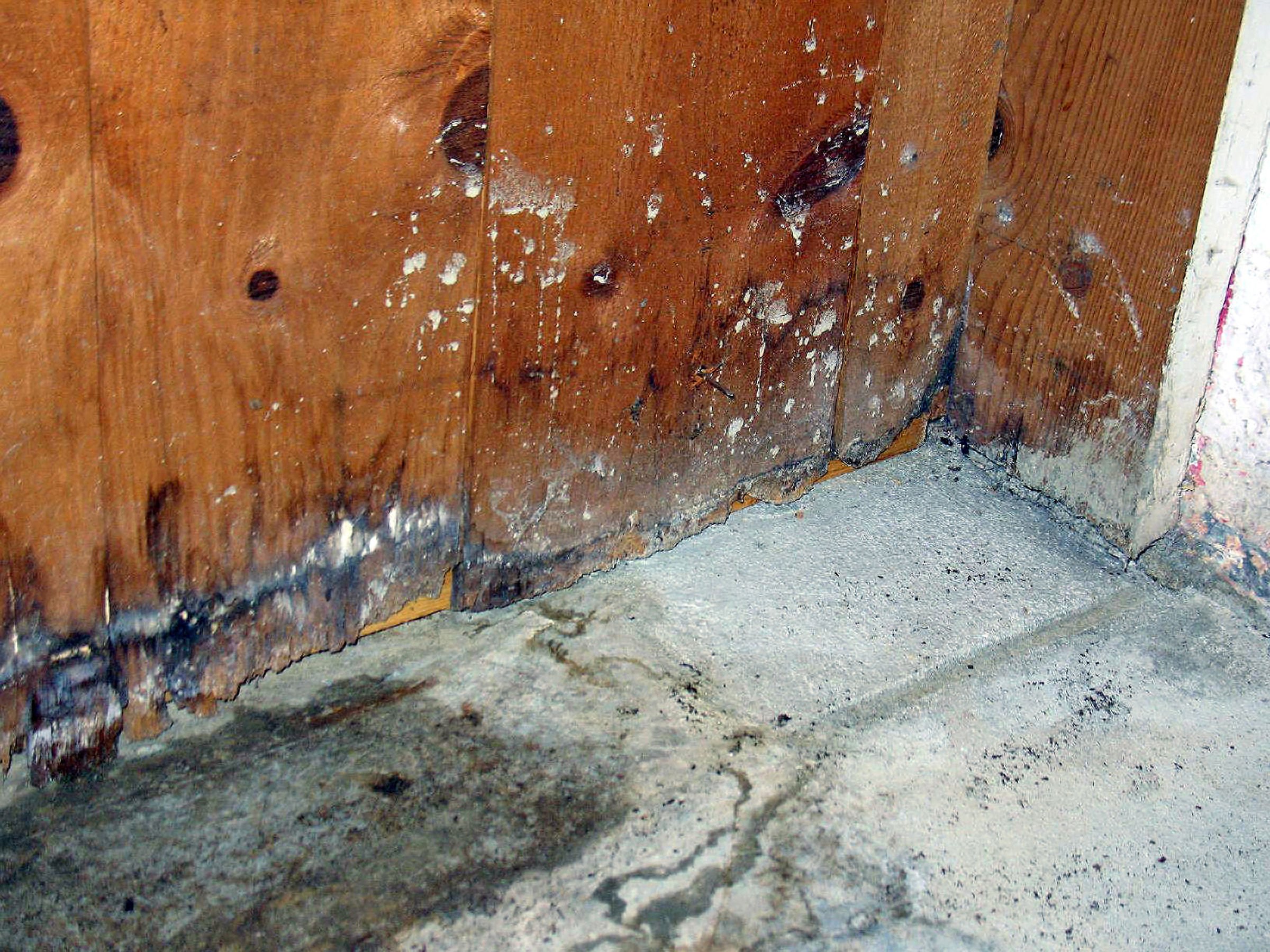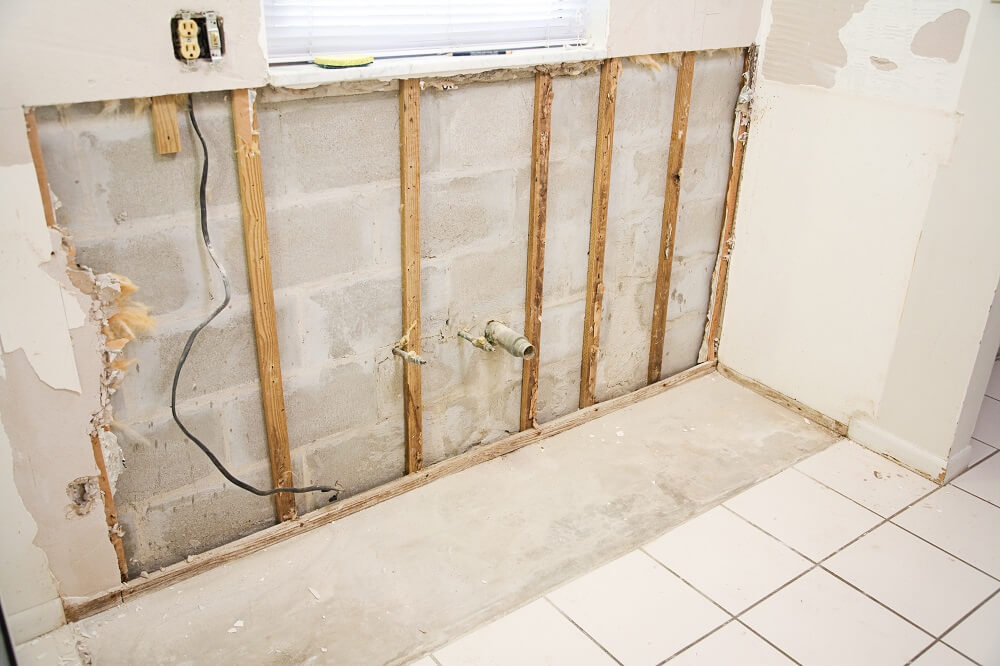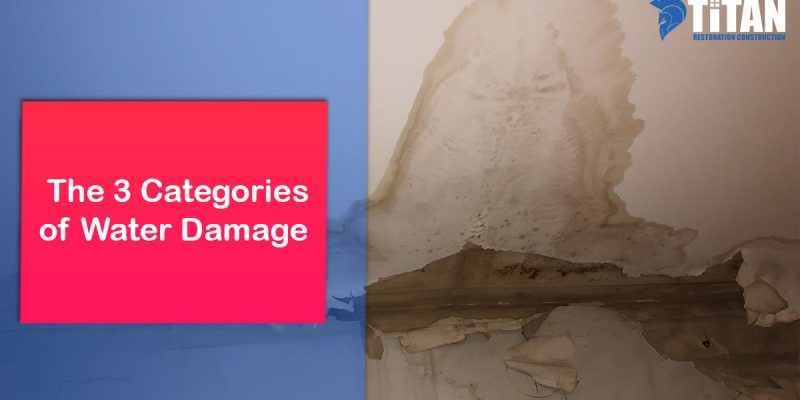The Process of Water Damages Clean-up: Guaranteeing Your Home Is Brought Back Successfully
Water damages can be a difficult challenge for home owners, requiring a precise and structured cleaning procedure to restore safety and performance. A comprehensive assessment is crucial to identify the extent of the damage and establish the appropriate remediation steps. Following this, reliable water removal methods play a critical duty in mitigating more harm. Nonetheless, the nuances of drying out, sterilizing, and ultimate restoration are equally essential and typically forgotten. Understanding these stages can make a considerable difference in the outcome of your home's remediation, motivating a closer take a look at what each action requires.
Evaluating the Damage
Upon uncovering water damages, the first step is to thoroughly evaluate the extent of the effect. This preliminary analysis is critical, as it aids establish the necessary actions for reliable cleanup and reconstruction. Begin by checking the impacted locations, consisting of walls, ceilings, floorings, and individual items, to identify the source of the water breach, whether from flooding, leaks, or condensation.
Recording the damages is crucial for both insurance claims and intending remediation initiatives - damage restoration services. Use photographs and written notes to record the extent of the damage, noting any damaged structural components and products. Pay special focus to areas that may not be promptly visible, such as behind walls and under rugs, as concealed moisture can bring about further problems, consisting of mold and mildew development
Additionally, analyze the timeline of the water exposure. Inevitably, a comprehensive analysis lays the foundation for a successful water damage clean-up process, making sure that all affected locations are dealt with effectively and thoroughly.
Water Extraction Strategies

Specialists usually use submersible pumps for bigger volumes of water, which can quickly ease flooding in basements or other affected areas. For smaller sized quantities, wet/dry vacuum cleaners are frequently made use of to extract residual wetness from carpetings and hard surfaces. Furthermore, making use of mobile extractors enables targeted elimination in restricted areas or areas with fragile materials.
In circumstances of contaminated water, such as sewer or floodwater, progressed extraction methods might entail the usage of biohazard devices to make certain safety and compliance with wellness laws. High-powered removal tools are vital in minimizing water retention in structural materials, which can cause mold development and architectural degeneration if not attended to quickly.
Ultimately, the effectiveness of water removal methods plays an essential duty in the total success of the water damage clean-up procedure, laying the foundation for succeeding reconstruction initiatives.
Drying and Dehumidification
Once standing water has been efficiently drawn out, the following vital stage in the water damages cleanup process is drying and dehumidification. This step is vital to prevent further damages and mold and mildew growth, which can take place within 24 to 2 days in moist atmospheres.
To attain effective drying, specific tools such as industrial-grade air moving companies and dehumidifiers is employed. Air movers flow air throughout damp surfaces, enhancing dissipation rates, while dehumidifiers minimize humidity levels in the air, promoting a conducive atmosphere for drying out. The combination of these tools guarantees that dampness is attracted out from home furnishings, walls, and floors, enabling them to dry thoroughly.
It is necessary to keep helpful hints track of the drying procedure carefully. Specialists often utilize dampness meters to examine the wetness web content in various materials, making sure that all impacted locations reach appropriate dry skin levels. This careful method helps to prevent concealed dampness pockets that might lead to architectural damages or harmful mold development.

Cleaning and Disinfecting
After the drying out and dehumidification phase is complete, the following essential action in water damage cleanup is cleaning and sterilizing the impacted areas. This process is vital to avoid the growth of mold and mildew, germs, and various other microorganisms that thrive in wet settings.
The cleaning phase normally involves eliminating any type of debris, dirt, and contaminants from surfaces using specialized cleansing agents. For tough surface areas, a mix of soap and water or industrial cleansing products is typically employed. Soft products, such as upholstery and carpetings, look at this website might need extra extensive cleaning approaches, consisting of vapor cleaning or deep removal strategies, to ensure thorough sanitation.

Sanitizing follows cleaning, utilizing EPA-approved anti-bacterials to remove harmful bacteria. This action is important, specifically in areas that may have entered into call with floodwaters or sewer, as these resources can present significant wellness threats.
In addition, it is necessary to address any type of continuing to be odors, which may need making use of smell neutralizers or innovative strategies like ozone treatment. Proper cleaning and sterilizing not only bring back the safety and security and health of your home however additionally prepared for successful restoration and repairs in succeeding phases of the water damage clean-up process.
Restoration and Repairs

Once the assessment is total, restoration initiatives can start. Additionally, flooring may call for similar interest, depending on the degree of water exposure.
It is essential to involve experienced repair specialists throughout this procedure, as they have the proficiency to manage complicated repairs successfully. Moreover, they can aid mitigate potential future concerns, such as mold and mildew development or architectural instability, therefore ensuring a safe and habitable living setting. Inevitably, effective reconstruction and repairs recover the home's integrity and improve its overall value.
Conclusion
In conclusion, the procedure of water damage cleaning is crucial for recovering a home to its pre-damage condition. Each phase, from assessing the damage to executing efficient water removal strategies, followed by detailed drying out, sanitizing, and necessary repair work, plays an important role in making sure safety and security and compliance with building requirements. Reliable execution of these steps not just alleviates immediate damage yet also enhances the lasting honesty and worth of the property.
Water damages can be a difficult challenge for property owners, demanding a organized and careful cleaning procedure to bring back safety and security and performance. Eventually, a thorough evaluation lays the groundwork for an effective water damages cleaning procedure, guaranteeing that all impacted areas are attended to successfully and extensively.
Effective water removal methods are important in mitigating damages and preventing more complications following a water invasion event.In final thought, the process of water damages cleaning is essential for restoring a home to its pre-damage condition. Each phase, from evaluating the damage to implementing efficient water removal methods, followed by extensive drying, disinfecting, and essential repairs, plays a vital function in guaranteeing security and conformity with building requirements.